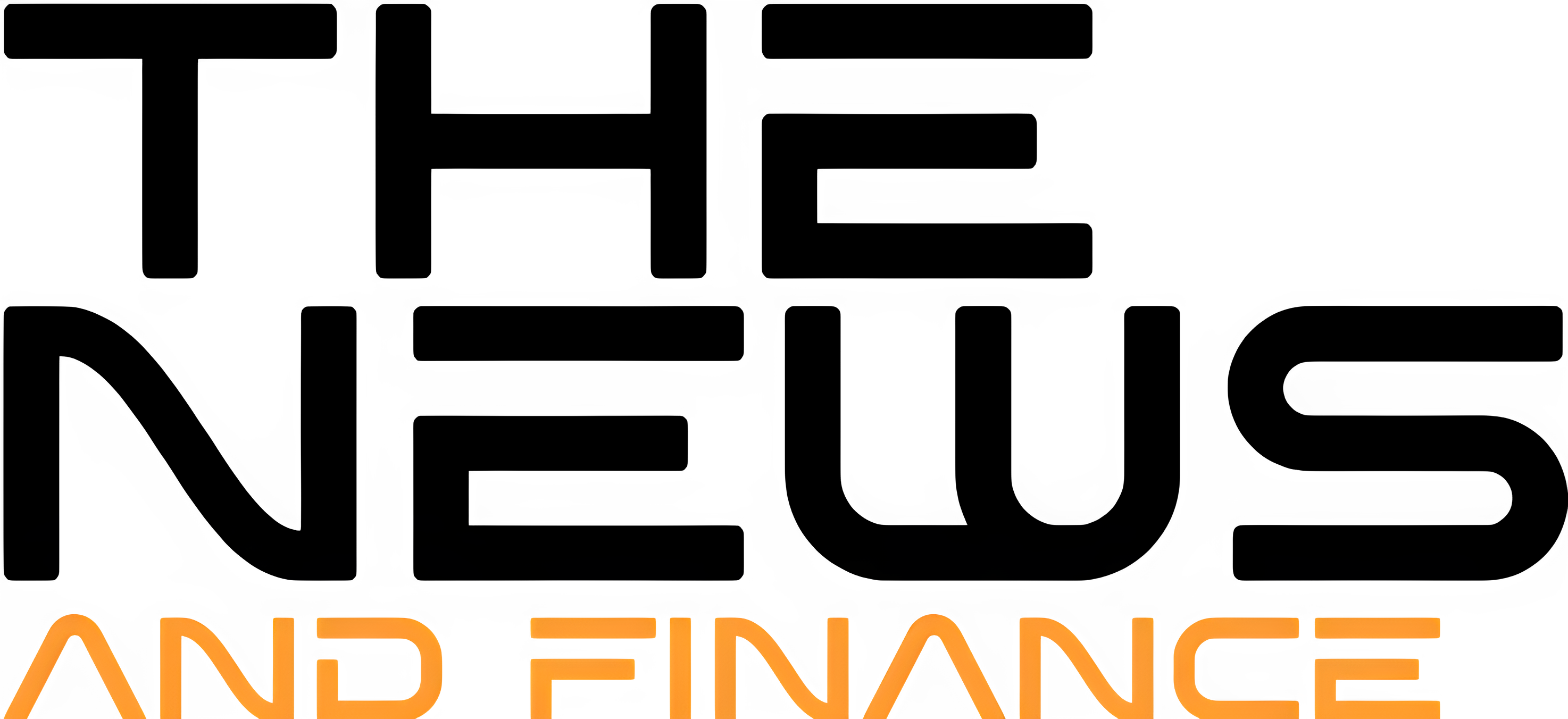Dr. Daniel Kortsch is a reasonably standard man lately within the hallways of Denver Well being, the hospital the place he works in main care.
Colleagues come as much as him for spontaneous hugs. He’s acquired a minimum of one field of candies.
The rationale for this affection has to do with Kortsch’s different job on the hospital — as chief medical info officer, type of a guru on the intersection of expertise and affected person care. After months of testing, Denver Well being is now broadly rolling out a synthetic intelligence program that helps docs transcribe conversations with sufferers after which convert them into notes that may be entered into the hospital’s digital medical information system.
Sound easy sufficient? Effectively, for docs overburdened with tedious documentation work lengthy after their day on the clinic is over, it’s life-changing.
“It’s transformational,” Kortsch stated. “I believe it’s the most transformational expertise I’ve seen in my medical observe, ever.”
Synthetic intelligence has for years now been making its manner into affected person rooms and medical information in Colorado, whether or not that’s to diagnose tough situations or to identify well being dangers earlier than they emerge. However Denver Well being’s use of AI highlights one other entrance: The potential for AI applications to make docs’ workflow rather less clunky and burdensome.
This system Denver Well being makes use of comes from an organization known as Nabla, which now counts 50,000 docs and different medical practitioners throughout the globe — however principally in the US — as adopters. The Nabla program helps 35 languages, and it integrates immediately with a hospital’s medical document system.
As a result of Nabla was developed particularly to be used in drugs, it’s skilled to not journey up on advanced medical jargon or tongue-twister drug names, in the way in which that extra generic AI transcription providers would possibly. If it does make a mistake, customers ship a observe to Nabla informing the corporate of the goof.
“The purpose is basically to give attention to sufferers, not the scientific notes,” stated Delphine Groll, a Nabla co-founder and the corporate’s chief working officer.
To make use of this system, docs merely click on a button after which discuss with their sufferers naturally whereas this system works within the background. For privateness causes, this system doesn’t hold a recording of the dialog, and the transcript it creates is shortly deleted.
On the finish, this system produces a abstract of the go to for the physician to assessment. If the physician provides the OK, these notes get entered into the hospital’s information system — trying very very like the sorts of notes on visits that docs have lengthy entered into affected person information.
However what used to a number of minutes per affected person now takes a couple of seconds. The end result, Kortsch stated, is much less time working within the clinic after hours to make amends for documentation and fewer “pajama time,” the time period docs use to explain the hours at dwelling at night time spent on digital paperwork.
“It makes every little thing barely simpler and barely higher,” Kortsch stated.
At Denver Well being’s Montbello Household Well being Middle, doctor assistant Jessica Wallace stated she usually sees 10 to 12 sufferers throughout each half-day shift. That comes out to about quarter-hour per affected person.
“The demand by way of what we’re anticipated to do inside main care have elevated exponentially over time, and our sufferers have turn out to be much more difficult,” she stated.
A affected person could come into the clinic not simply to handle one situation — hypertension, say — however a number of points at a time — hypertension and diabetes and knee ache. That’s so much to cowl in just some minutes.
Earlier than Nabla, Wallace would stroll out of a affected person’s room and assume to herself whether or not she had sufficient time to crank out notes to enter into the affected person’s document earlier than racing to the subsequent appointment. If she didn’t, it meant working late or at dwelling at night time.
However now, she stated, she has sufficient time to enter the notes after which go to the lavatory or seize a drink of water.
“It doesn’t clear up all that ails main care,” she stated. “It takes away the one silly factor that no person beloved doing and eventually makes it simpler.”
Kortsch stated Denver Well being has primarily offered Nabla to its medical suppliers as a wellness initiative — a manner to assist ease burnout because of the digital paperwork of an digital medical information system. And in that sense, it seems to be succeeding.
The hospital has a little bit over 500 medical suppliers utilizing Nabla. In an earlier pilot venture, Kortsch stated the hospital noticed a 42% discount in guide typing by these utilizing Nabla. A survey discovered that 83% of suppliers utilizing Nabla stated this system has elevated their want to proceed seeing sufferers.
However there have been different advantages, as nicely. Kortsch stated Nabla has been “finances impartial” for Denver Well being — which means it has allowed docs to see extra sufferers, which has offset the price of this system. And sufferers, who’re knowledgeable about using Nabla earlier than every go to, additionally seem to love it.
Denver Well being’s affected person satisfaction scores have improved for suppliers utilizing Nabla. One motive for that, Kortsch stated, is that use of this system has appeared to extend eye contact between docs and sufferers.
In different phrases, physicians are turning their eyes away from the computer systems the place they’d beforehand typed furiously throughout visits and turned them towards the folks they’re truly treating.
“The one distinction you’ll discover,” Kortsch stated, “is that your physician appears to be like at you extra.”









